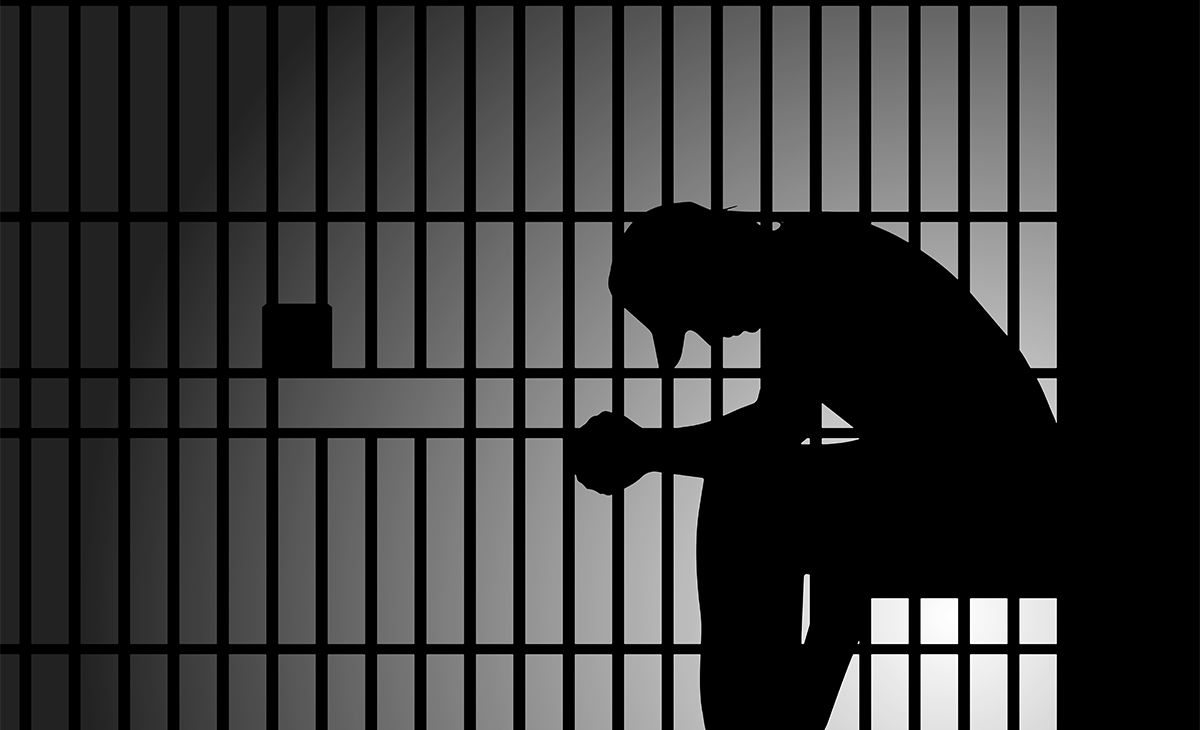One person is sentenced to state or federal prison every 90 seconds in the United States, amounting to almost 420,000 per year.The U.S. has the highest incarceration rate in the world.We incarcerate for multiple reasons, including justice and punishment, but one of the main justifications is public safety. Putting individuals convicted of crimes, especially violent crimes, in prison is thought to make the rest of us safer. But how much safety does all this imprisonment actually buy us?
A study David J. Harding recently published with colleagues shows the answer is very little, especially in the long-term.There are good reasons to think prisons might prevent crime. The experience of imprisonment could deter someone from committing crimes to avoid prison in the future. Prison might provide opportunities for rehabilitation, such as drug and alcohol treatment, education, or counseling. And, at the very least, someone who is in prison cannot commit a crime in the community, an effect criminologists call “incapacitation”.Yet there are also good reasons to believe that prisons might actually increase crime. The harsh prison environment could exacerbate mental health problems, make people more prone to aggression, or make them cynical and distrustful of the legal system. Prisons could isolate prisoners from friends and family who might help them find jobs eventually. Or prisoners may learn from other prisoners how to be better criminals.
There is a very weak relationship between higher incarceration rates and lower crime rates. Although studies differ somewhat, most of the literature shows that between 1980 and 2000, each 10 percent increase in incarceration rates was associated with just a 2 to 4 percent lower crime rate. Since then, only one empirical analysis (a study that requires testification) has examined the relationship between incarceration and crime. Overall, the increased use of incarceration through the 1990s accounted for between 6 and 25 percent of the total reduction in crime rates. Since 2000, however, the increased use of incarceration accounted for nearly zero percent of the overall reduction in crime. This means that somewhere between 75 and 100 percent of the reduction in crime rates since the 1990s is explained by other factors. Research has shown that the aging population, increased wages, increased employment, increased graduation rates, increased consumer confidence, increased law enforcement personnel, and changes in policing strategies were associated with lower crime rates and, collectively, explain more of the overall reduction in crime rates than does incarceration.

